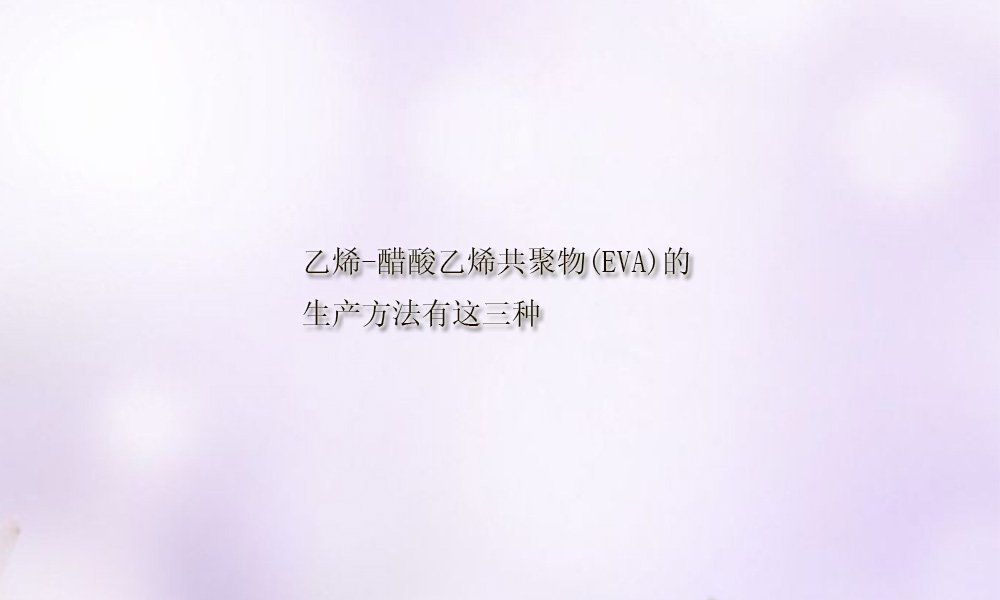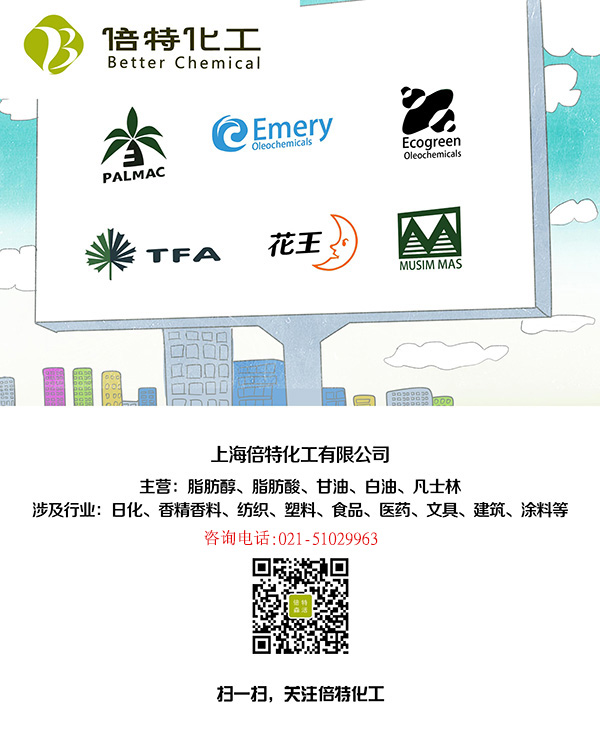
Ethylene-vinyl acetate copolymer (EVA) is a general-purpose polymer that is flammable and has no irritating burning smell.
The production method of ethylene-vinyl acetate copolymer (EVA) is as follows:
Ethylene-vinyl acetate copolymer is copolymerized by ethylene and vinyl acetate. Produced by reaction. EVA obtained by copolymerizing different proportions of monomers has different VAc content and different uses. The production methods of ethylene vinyl acetate copolymer mainly include high pressure method, solution method and emulsion method. The most commonly used method at present is the high pressure method.
1. High-pressure method: The high-pressure method bulk copolymerization process is similar to the production of LDPE. The copolymerization process can use autoclave reactors or tubular reactors. Generally speaking, the kettle method is more suitable for the production of EVA. The production process of this method is similar to the high-pressure method of low-density polyethylene, and the initiators used are also the same. The main difference is the need to add a vinyl acetate monomer supply system and a separation and recovery system. The specific preparation method is that ethylene, vinyl acetate, initiator and molecular weight regulator are added into a high-pressure reactor according to a certain ratio, and the polymerization reaction is carried out at 200~220°C and a pressure of 14.70~15.68MPa to obtain the vinyl acetate content It is a copolymer of different grades with a molecular weight of 10% to 50% (controlled as needed) and a molecular weight of 50,000 to 500,000. After separation, refining, extrusion granulation and drying, granular products are obtained.
2. Solution method: Medium-content ethylene-vinyl acetate copolymer can be produced by high-pressure method, but most of them are produced by solution polymerization method under medium pressure. The solution method is to use tert-butanol, aliphatic hydrocarbons and benzene as solvents that do not produce chain transfer, and use peroxide and azo compounds as initiators to perform solution at 5 to 7 MPa and 30 to 150°C. Polymerization, the VAc content of the resulting copolymer can vary within a considerable range, generally above 35%.
3. Emulsion method: Emulsion polymerization is the opposite of bulk polymerization. It is a method for preparing EVA products with high VAc content, and its VAc content is 70% to 90%. The emulsion method is to add VAc and initiator K2 S2 0s or (NH4)2 S2 0a to the prepared emulsion medium (stabilizers, emulsifiers, etc. are added to the water medium) in a high-pressure reaction kettle. By adding ethylene and polymerizing under conditions below 95°C and 1 to 10MPa, a copolymer emulsion with a VAc content of 70% to 90% can be obtained.




 微信扫一扫打赏
微信扫一扫打赏
